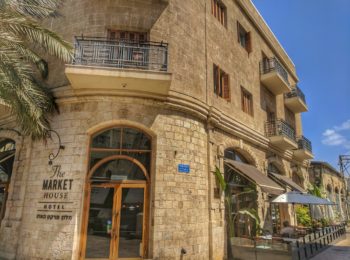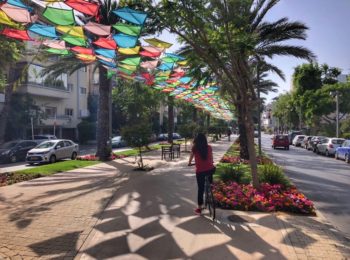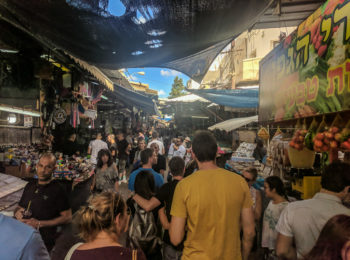Planning to take a trip to Tel Aviv but have never really known just how much of a difference it would make to go in summer, or in winter? Maybe you want to know if there’s a rainy season, dry season, or just anything weather-wise that you might want to avoid? This post is just your place to check. Despite being just a city, so there won’t be many varying regions, I’ll detail when will be the best moment to visit it, according to your personal preferences. Tel Aviv Weather
When is the best time of the year to travel to Tel Aviv?
Since Tel Aviv is a city, unlike in my previous posts, the size doesn’t give place to more than one climate, so it’ll actually only depend on preferences. As it is quite a small region, the temperatures only vary according to the time of the year, and are not too extreme, anyway.
You have July and August as the hottest month, with average temperatures of around 30°C, and January as the coldest, with temperatures ranging in the 13°C. January is also the wettest month, with around 15 rainy days, while July and August are the driest, ranging in less than 5 days of rain (actually, it’s 0 days on average!). All in all, leaving the humid days in winter aside, you can actually say, compared to other countries, that the weather isn’t all that varied; you most surely can pack lightly and will be well-prepared for any climate. Temperature in Tel Aviv
Depending on what you’re planning on doing when you visit, is what month will be best for you. In general, temperatures in Tel Aviv are pretty stable, ranging from 13°C at their lowest, and 30°C at their highest.
If your idea is to visit the city’s beautiful beaches, then your best bet would be to go in August, when the temperatures can peak to up to 31°C, and the average sea temperature is at around 29°C. This is also of the driest months of the year, which means that your visit would not be ruined by the rain.
If, however, your intentions are visiting the Tel Aviv Museum of Art, Dizengoff Circle and surroundings, the Yemenite Quarter, or Jaffa (2 kilometers away from the big city), then it’d be best to visit any time from March to May or September to November, which are the tourism’s main seasons, due to the pleasant temperatures.
But, if you’re visiting looking for snow, then I’ll have to inform you that you’ve come to the wrong place! Tel Aviv has 0 snow all year long, so if you come in the winter, all you’ll get is wet. Humidity in Tel Aviv
Thanks to its humidity, Tel Aviv offers a rather pleasant temperature all year long. There are hot and weeks in the summer, which are accentuated due to its humidity, but the overall average perceived temperatures are comfortable due to this same factor.
As I mentioned, you won’t find any snow in this city, and the driest month is August, but if you want to see rain, you should come in January, when the average rainfall is of around 110mm, over a span of a maximum of 15 days. If you’re planning on avoiding rain as much as possible, then any month from April to October will suffice, with less than 5 days of rain per month, on average. Sunshine Hours in Tel Aviv
One factor that might weigh in a bit more on your sightseeing projects is the amount of hours of sunshine you’ll have. If you plan to be outdoors, enjoying the wonderful markets available, then you’ll surely be more inclined to have more hours of Sun.
Tel Aviv varies quite a bit in this area, with up to 13 hours of sunshine in June and July, and as little as 7 hours of sunshine in January and February. Keeping this range in mind, you’ll probably want to visit anytime between March and November, ranging above the 10 hours of Sun per day, leaving you with plenty of time to spend outdoors, enjoying not only the natural light, but the pleasant temperatures this period can offer.
All in all, if you want to visit a city with lovely, historical sights and outdoor markets, or beautiful beaches, or just enjoy being in the open-air, independent of the time of the year, then Tel Aviv is a wonderful option that will please anyone that isn’t specifically searching for extreme climates and just wants to pack light to reach their desired destination.








